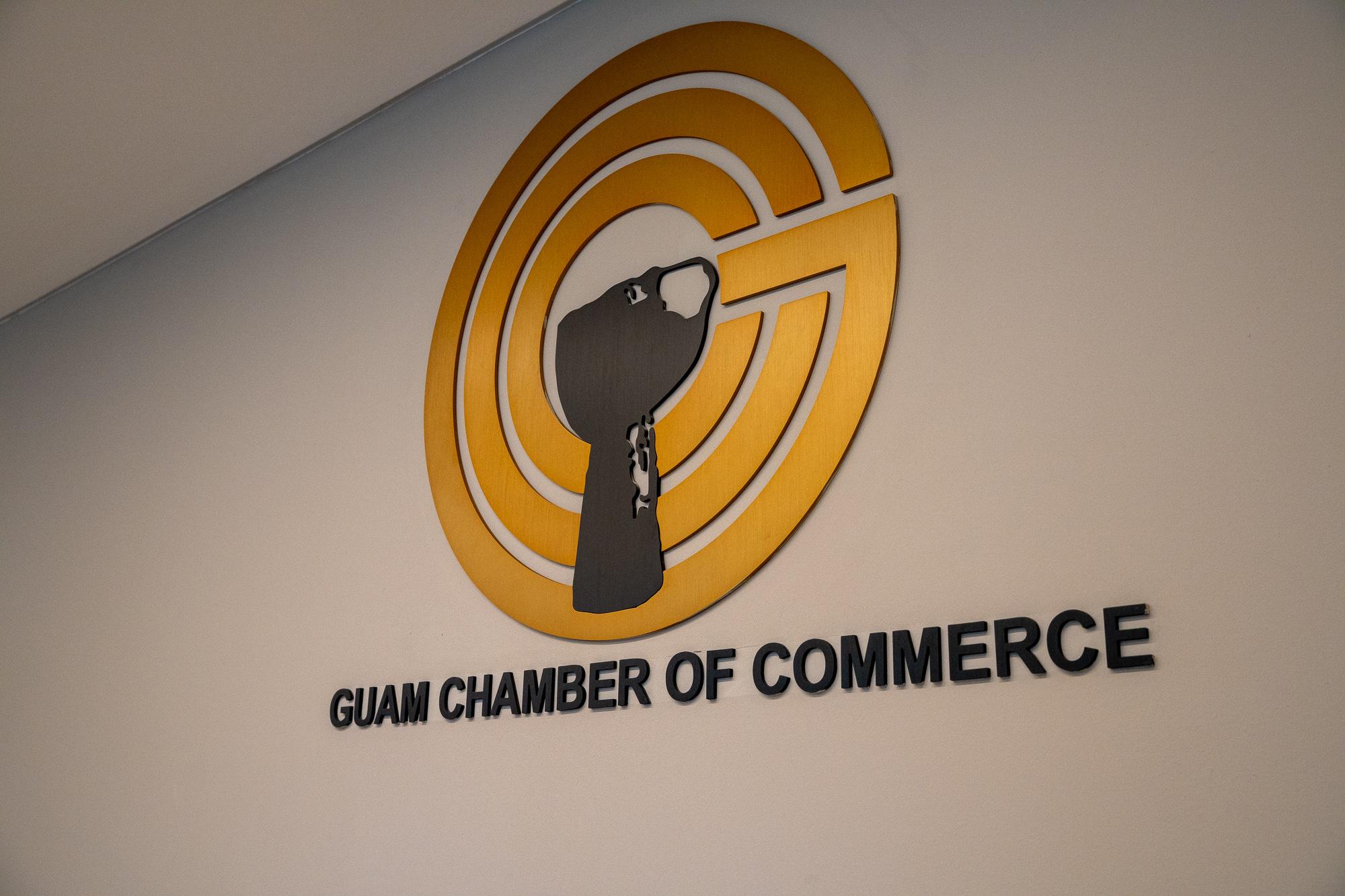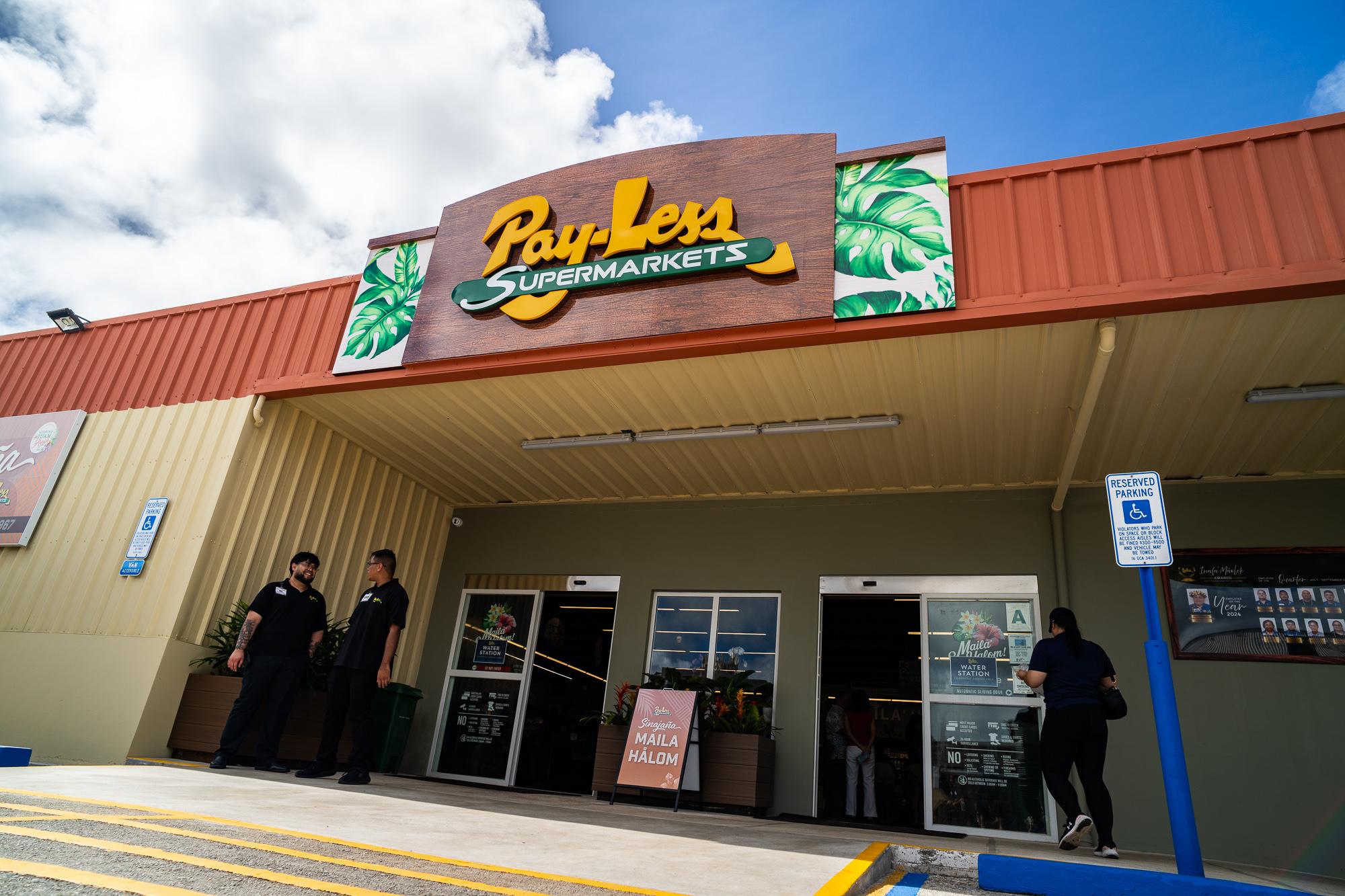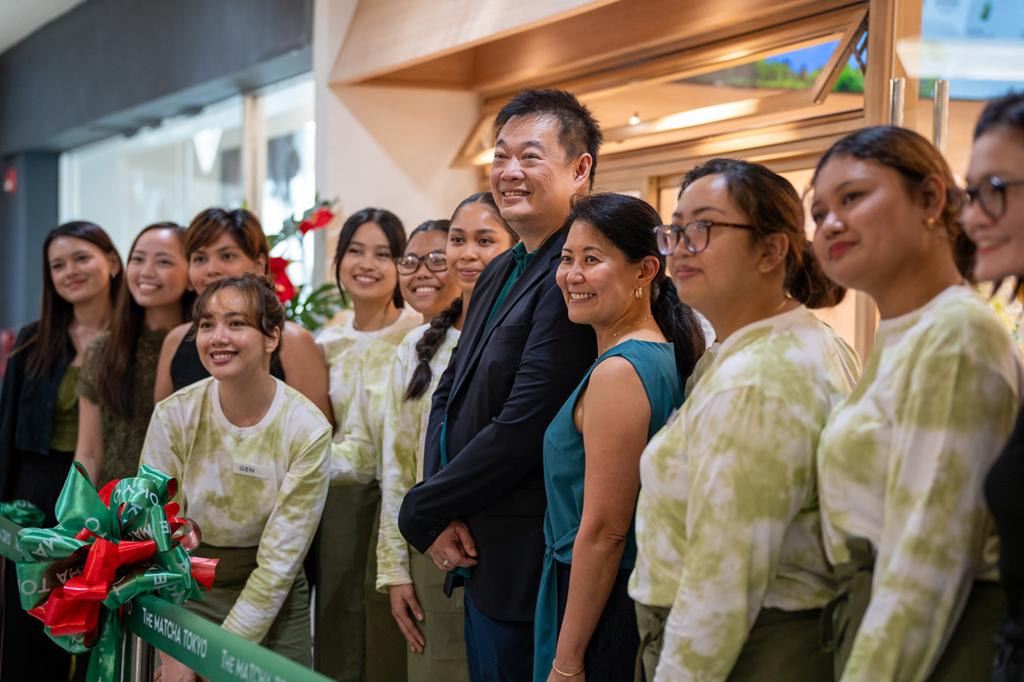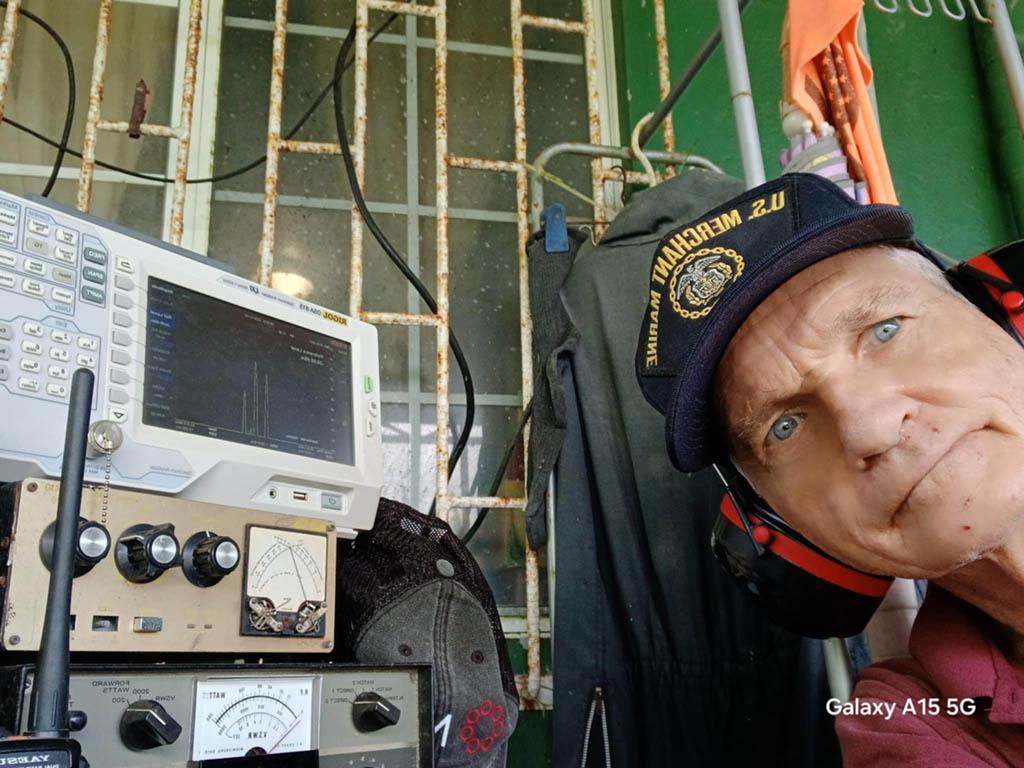BY MARK RABAGO
Saipan Correspondent
GUALO RAI, Saipan — “If you build it, he will come” is an iconic phrase from the 1989 blockbuster field “Field of Dreams.” But in the case of Taniguchi Ruth Makio Architects, it seems clients have just kept coming back for more.
The Guam-headquartered architectural firm has designed such renowned buildings as the U.S. Post Office in Chalan Kanoa, the Townhouse Shopping Center, and Pacific Islands Club Saipan.
Currently, TRM is involved in designing the next crown jewels of the NMI’s future landmarks — the new Northern Marianas College Saipan campus, the NMI Cultural Event Center, and the new NMI Department of Finance Economic Resiliency Center.

Taniguchi Ruth Makio Architects is one of the longest running firms in the CNMI. The firm started as Taniguchi Ruth Architects/TRA+ Associates in 1973 by H. Mark Ruth, Kinya Taniguchi, and Michael Blas Makio. NMI resident Richard Cody was brought in as the NMI office principal in 2002 and he led the team for more than 20 years until he passed in March 2022.
“Our firm is most proud of our predominantly local professionals on our team,” said Makio, whose maternal grandmother is originally from Saipan.
TRMA’s first office was along Garapan Street and was in place for more than10 years until 2022, when the company relocated to the Gualo Rai Center, which provided better infrastructure and capacity for the MIS systems used by the office. The location on Middle Road also placed TRMA closer to its supporting engineers and its clients as well, Makio said.
TRMA has also worked on the Crowne Plaza Resort Saipan renovation, Saipan Comfort Homes, Artridge Homes Residences, and Sandy Beach Homes, as well as provided architectural design services for Cha Cha Middle School, Dan Dan Middle School, and the Saipan & Northern Mariana Islands Municipal Council Building. The firm also was the architect for the original Hotel Nikko Saipan.
But Makio said the designs for the new NMC campus on Saipan (See Sidebar) will always hold a special place in his and TRMA’s heart.
“Our facilities master plan for the Northern Marianas College is a project that we are very proud of because it has been instrumental in NMC’s effort to rebuild after the devastation of the typhoons and organize those aspirations into a coherent Capital Improvement Plan for the campus.”
Makio said the company’s lynchpins are professionalism, creativity, and engaging the local community in its design process.
“Working with an architectural firm can be an intimidating process, so we prioritize communicating with our clients to study options for how to achieve their functional goals, and how to apply the aesthetics so their buildings truly represent their stakeholders. Additionally, we include our clients in the process consistently so they can see how various decisions affect their ability to operate in their buildings, construction costs, maintenance expectations and other priorities. Having this information transparent helps our clients to make informed decisions that they feel good about.”
TRMA’s understanding of the local culture and customs also appeals to its clients, he said. “Living in our communities we are able to assimilate patterns and design solutions that improve our built environment on Saipan with new and contemporary designs that still feel like they belong in the CNMI. We prioritize our client’s aspirations and optimize the functionality of our designs.”
Apart from the NMI, TRMA has also secured projects in Palau, the Federated States of Micronesia, Hong Kong, Hawaii, and of course Guam.
“Our firm is very proud of our design work with educational facilities, healthcare facilities, and affordable housing. These designs engage the community on a daily level and are the backbones of our island. In Guam we have completed the design for the Simon Sanchez High School, the Guam Community College DNA Forensics Lab, and GCC’s multi-use auditorium and haven had two multi-family housing projects completed in the past year.”
As for the challenges of designing and building structures in the Mariana Islands, Makio said it’s good that TRMA isn’t their first rodeo.
“The seismic and wind design issues for our region are definitely extreme issues as they are among the challenging in the nation. Our architectural and engineering design team has close to over 30 years of knowledge developing the details for the structural engineering and related systems so that they perform optimally on Saipan. Our team consistently monitors the performance of systems and building materials to stay up to date with products that perform well on Saipan and, just as importantly, those that perform poorly,” he said.
In other words, TRMA prioritizes sustainability in its design projects. He also added that energy, water efficiency, indoor air quality, and reduction of construction waste are also extremely important toTRMA. In fact, Makio said, TRMA currently has several buildings that are designed for Leadership in Energy and Environmetal Design or LEED certification —the most recognized standard for design and engineering of sustainable projects. TRMA has one of the largest portfolios of LEED-certified buildings in the region, he said.
Aside from Makio, who holds a bachelor’s of architecture from the University of Oregon and has expertise in educational, residential, and campus planning, historic preservation, sustainable design and smart growth planning, the TRMA team includes Melet G. Santos, vice president and senior project manager; Cedric Cruz, senior project architect; and Jaime Pangelinan, senior design manager.
Santos holds a bachelor’s of fine arts in interior design and a bachelor’s of architecture from the University of Idaho. She manages and provides expertise in design for healthcare, commercial, financial institutions, and airport facility projects. Cruz holds a bachelor’s of architecture from the University of Southern California. He specializes in campus master planning, building renovations, building material recycling/refurbishing, material re-use, and renovations/repurposing of building spaces.
TRMA also has a cadre of professional and support staff consisting of a senior project manager, two senior job captains, six technical support staff, and office manager, and two administrative staff.
“Our AE team includes engineering partnerships and support with various firms on the islands of Guam and Saipan. Our firm provides advanced technological resources to support our teams’ collaborative engagements on projects from various locations, such as Saipan, Guam, and Hawaii and therefore, offering our employees the opportunity to obtain experiences of projects in a variety of environments. Our teams regularly circulate between locations providing support to our local offices while gaining valuable experience from a variety of projects,” Makio said.
TRMA’s Guam office is located at in Hagåtña, while its Saipan office is located at the Gualo Rai Center in Gualo Rai.
The list of TRMA current projects in the NMI
Taniguchi Ruth Makio Architects is currently working on a number of projects in the NMI, including the Northern Marianas College Student Center, the Center for Research, Extension, and Development Building, and two classroom buildings in Finasisu, the NMI Cultural Event Center in Chalan Kanoa, and the NMI Department of Finance Economic Resiliency Center on Capitol Hill.
The NMC Student Center is funded by the U.S. Department of Education and the Federal Emergency Management Agency at a construction cost of $31.43 million.
The project will reach three stories in height and is approximately 38,365 square feet of enclosed space, which includes a double height student dining/multipurpose hall, student services, library, bookstore, multi-purpose event space, and office spaces.
Outdoor terraces with 348 square feet of seating are provided on the second floor and two outdoor seating event spaces of 6,230 square feet on the third level.
The facility is in the northern part of the campus, adjacent to Chalan Monsignor Road. It will primarily serve as the “flagship” building.
Key design strategies for the student center are to integrate flexibility of spaces and a blend of indoor and outdoor activities. The design will be student centric, resilient, energy efficient and culturally appropriate. Site modification will include a student plaza located at the southern exterior lawn from the student center building, asphalt pavement parking lots at the north and southeast corner, and outdoor terrace seating by the performance lawn. The project aims to achieve the LEED Silver Certification.
The U.S. Department of Commerce Economic Development Administration Grant-funded NMC Center for Research, Extension and Development Building is in its final design phase. It calls for the design and construction of the new NMC Center for Research, Extension & Development building located in Finasisu. The two-story building is about 20,554 square feet, and will be primarily used for the NMC Cooperative Research Extension and Education Services research and laboratory spaces. Building spaces will include an Anthropometry Lab, an Entomology lab and collections storage, office spaces, meeting spaces, two multi-purpose labs, a kitchen lab, an Expanded Food and Nutrition Education Program Lab, an Extension Lab, an FCYD Extension Lab, Annex, and open and shared workspaces with various types of collaboration and meeting spaces.
Key design strategies for the CRED building are to integrate flexibility of spaces and blend of indoor and outdoor activities. The design shall be resilient, energy efficient and culturally appropriate. Site modification will include utility buildings incorporated with terrace lawn step seating and Americans with Disabilities Act accessibility ramps with garden areas on the southern lawn which will connect users to the main campus quad.
There are three access points from the CRED Building to the student center and campus quad. Parking is provided on the west side of the property. The project aims to achieve the LEED Silver Certification.
The Office of Planning and Development is constructing the Office of Indigenous Affairs’ CNMI Cultural Event Center on Saipan’s old capital of Chalan Kanoa. It will use grants from the U.S. Department of Commerce Economic Development Administration.
Plans for the 256,567-square foot center include accessible pedestrian pathways throughout the site to provide an overall circulation loop and recreation amenity suitable for large events. The project will also include 44 vendor kiosks, nine activity structures, one main house with local medicinal garden areas for community gardening, three public restrooms, performance stage with rear dressing rooms and restroom to be constructed out of concrete. Site features to include low maintenance and erosion control planting and trees, paved public parking lots, event lawn seating by performance stage, extended pathway to existing canoe houses, new concrete benches and seating, and trash bins will be provided throughout the project site. A man-made latte stone park consisting of eight latte stone pillars will be constructed in addition to the event space.
Contracted by the Northern Marianas Housing Corp., the Northern Marianas College Two Classroom Buildings project is funded by the Community Development Block Grant-Disaster Relief Grant.
The classroom buildings will both be single story in height with the ability to expand vertically for a future second floor addition. Provisions will be made to accommodate the future additions. Classroom Building E is located on the eastern part of the NMC campus and is about13,268 square feet. Building E spaces will include eight 900-square foot classrooms, two 900- square foot computer labs, a Network Operations Center (NOC), common area restrooms, and interior corridor. Classroom Building F will be located on the southwestern part of the NMC campus and is approximately 11,860 square feet which will include two 900-square foot classrooms, four 1,800-square foot instructional laboratory spaces, restrooms and interior corridor.
Key design strategies for the two classroom buildings are to integrate flexibility of spaces by utilizing folding partitions wall panels for each classroom to break into smaller group activities, folding glass walls and doors along the corridor, and a blend of indoor and outdoor activities. The design will be resilient, energy efficient and culturally appropriate. Site modification to include paved driveways and parking lots for both sites and new utility buildings such as generator room, pump room, and domestic water reserve and rainwater catchment systems. There are multiple access points from the two classroom buildings to the main campus quad and adjacent buildings. The project aims to achieve the LEED Bronze Certification.
Another U.S. Department of Commerce Economic Development Administration-funded project, the Economic Resiliency Center will be two stories in height and is approximately 26,467 gross square feet constructed of reinforced concrete.
It will operate as a financial data center and management building and designed as an essential facility or equivalent designated emergency preparedness, communications and operations center required for emergency response. The building will be occupied by the following Department of Finance Divisions and branches — Secretary of Finance, Office of Information Technology, Passport Office, Treasury, Training Room, and Revenue & Taxation (Business License, Compliance, Data Entry, Mail Room and Printing, Collections, Enforcement/E-Gaming, Auditors/Examination, and Administrative Office).
Site features include low maintenance planting, back-up generator and generator room, pad mounted transformer, reserve fuel tank, and trash enclosure. Ample parking provided for customers and employees. mbj



















